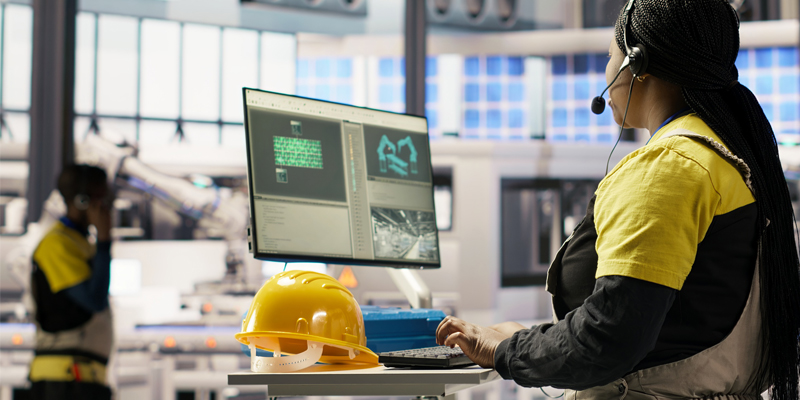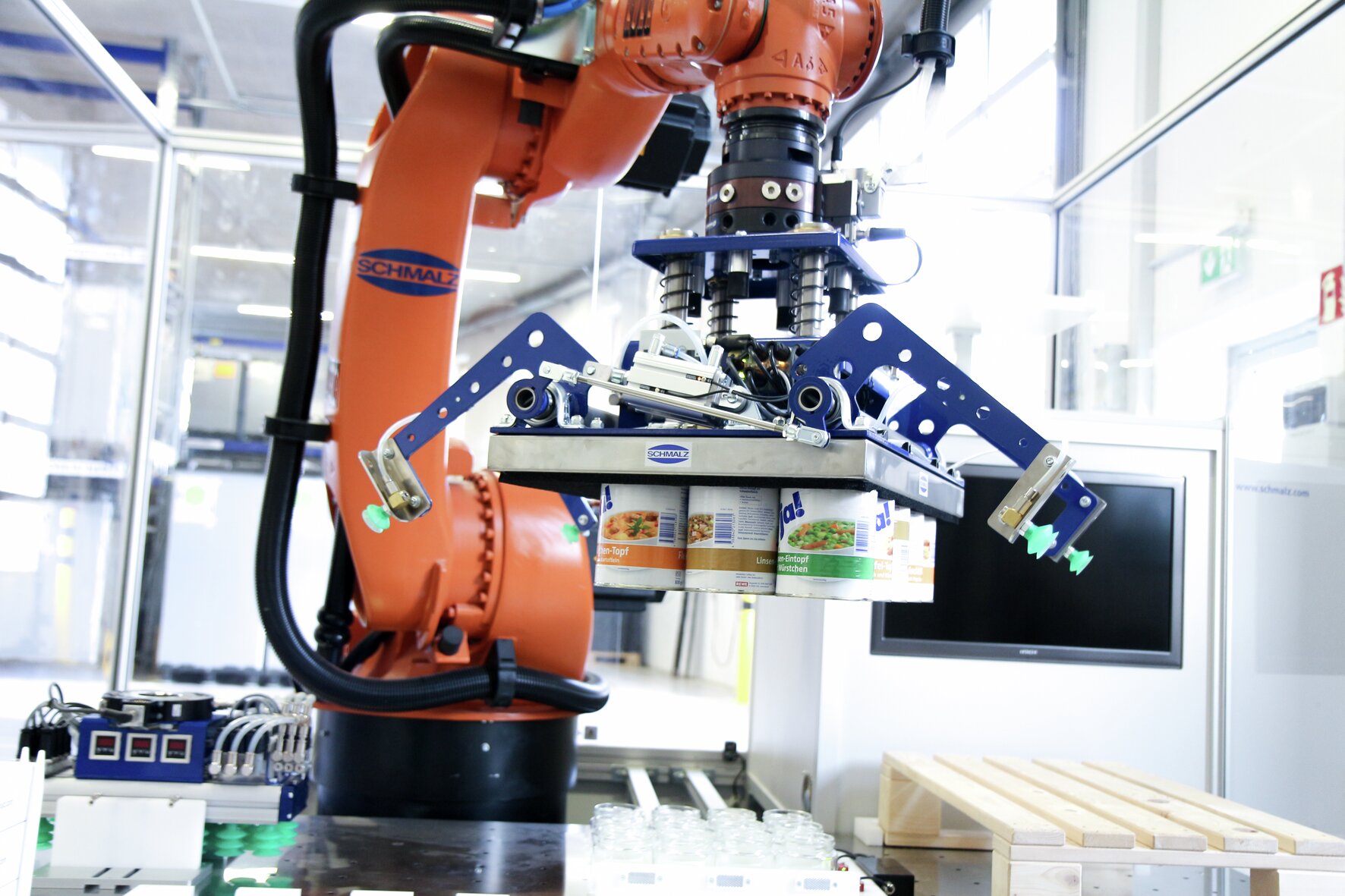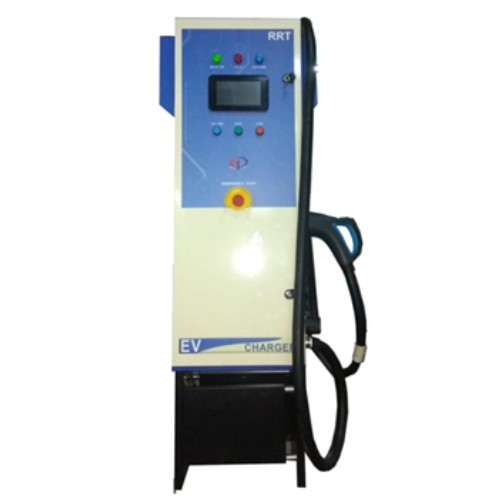Schedule a Call Back
Manufacturing 2020: A smart fusion of digital & industrial world
 Technical Articles
Technical Articles- May 31,18

- However, post-globalisation, almost all world class automobile manufacturers, both 2 wheeler and 4 wheeler, entered India and lot of joint ventures happened which enhanced the capabilities of Indian industry and the industry has progressed significantly on following fronts:
- The work culture changed and Indian industry adopted global norms & practices
- Quality & productivity improved significantly, but still shied away from global standards
- Dominance of unions reduced and changed from obstructive to participative
- Indian industry moved towards excellence and exports improved
- Astonishing rise in data volumes, computational power and connectivity
- Emergence of analytics and business intelligence capabilities
- Improvements in transferring digital instructions to the physical world such as advanced robotics and 3-D printing
Related Stories

Seco Partners with AMRC to Drive Sustainable Machining through Data Intelligence
Looking ahead, Seco is building toward an AI-powered, automated feedback system that continuously optimises processes in real-time.
Read more
Predictive Maintenance: How AI is Reducing Unplanned Downtime in Manufacturing
Predictive maintenance is no longer a luxury—it’s a necessity. By integrating AI with IoT, digital twins, and edge computing, manufacturers can proactively address equipment issues, maximise upt..
Read more
Driving Efficiency: Schmalz Gripping Systems for India's Manufacturing Future
As the market demands speed, agility, and reliability, Schmalz gripping systems are enabling the next generation automation of Indian manufacturing sector.
Read moreRelated Products
Tata Motors unveils facilities for development of Hydrogen propulsion tech
Tata Motors, India?s largest automobile company, unveiled two state-of-the-art & new-age R&D facilities for meeting its mission of offering sustainable mobility solutions. The unveilings constitute of Read more
Tata Motors plans petrol powertrain for Harrier and Safari SUVs
Tata Motors is in the process of developing a new petrol powertrain for its premium sports utility vehicles, the Harrier and Safari, as confirmed by a senior company official. Currently, these models Read more

Electric Vehicle Charger
RRT Electro is engaged in manufacturing of customized Power Electronic Products over two decades having capability to Design, Develop, Prototyping, Regulatory Compliance testing & Certification, Manuf Read more


















